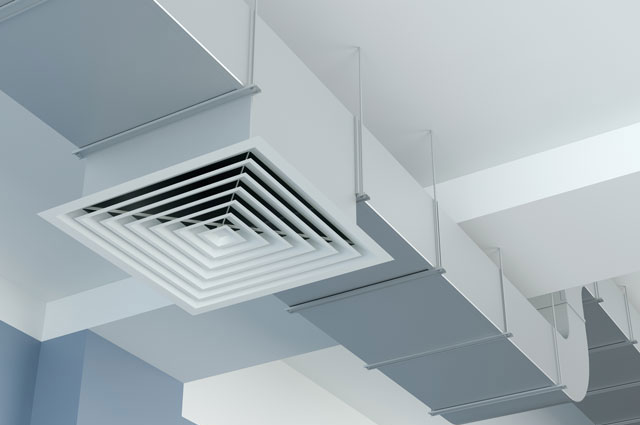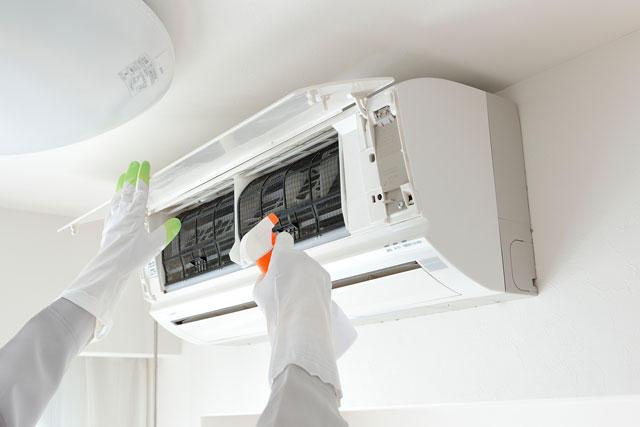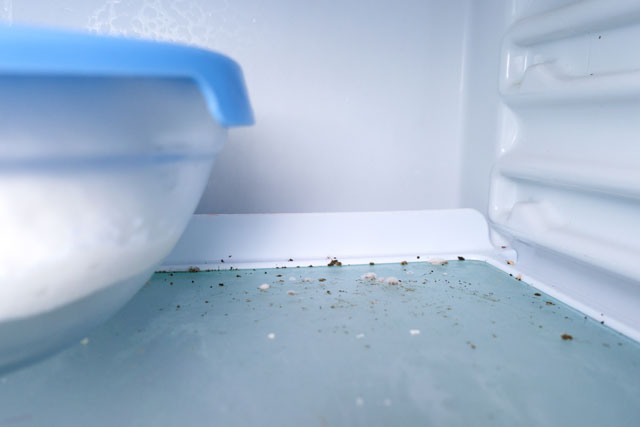Particularly in (damp) masonry, mold grows, thrives and multiplies. For sustainable protection against mold, superficial cleaning is usually not sufficient here. In addition to deep cleaning, it is necessary to clean even the smallest joints to achieve the desired result.


The collision of stored humidity on cold air leads to the formation of condensation. The accumulation of condensation at the bottom of air ducts and the encounter there with microscopic pollen serves as a breeding ground for uncontrolled mold growth.

Water deposits and the associated food source for mold growth are also not uncommon in air conditioning units. Furthermore, the air circulation and the associated distribution of spores throughout the living / working space provides a basis for further mold growth.

Contamination and condensation in and on components of refrigeration equipment are also a breeding ground for mold growth. In particular, areas that are not visible are often infested with mold.

Wood, probably the best known and most sustainable raw material in the world, provides mold with high-quality nutrients, including cellulose, for rapid growth.

Paper, cardboard and comparable packaging materials store a high level of humidity, both indoors and outdoors, and are thus a breeding ground for long-term mold growth.

Even textiles are not safe from mold infestation. Clammily folded textiles or textiles stored in damp rooms provide a nutrient-rich base for mold.